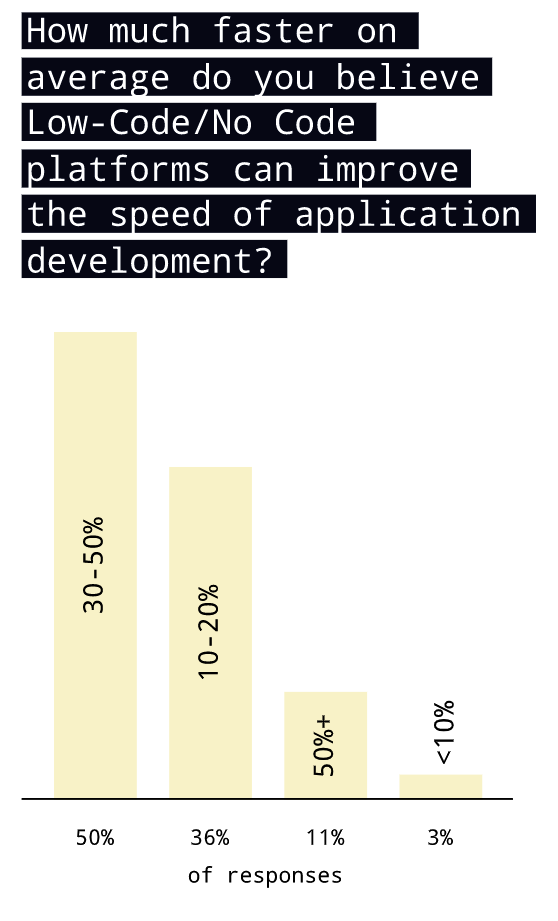Understanding Unsub Loan vs Sub Loan: Which is Right for You?
#### Unsub Loan vs Sub LoanWhen it comes to financing your education, understanding the differences between unsub loan and sub loan is crucial. Both types o……
#### Unsub Loan vs Sub Loan
When it comes to financing your education, understanding the differences between unsub loan and sub loan is crucial. Both types of loans serve specific purposes and come with their own set of advantages and disadvantages. In this guide, we will delve into the details of each loan type to help you make an informed decision that aligns with your financial goals.
#### What is an Unsub Loan?
An unsub loan, or unsubsidized loan, is a federal student loan that is available to undergraduate and graduate students. One of the key features of this loan is that interest accrues while you are in school, during the grace period, and during deferment periods. This means that the total amount you owe can increase over time if you do not make interest payments while in school.
The eligibility for an unsub loan is not based on financial need, making it accessible to a larger number of students. The loan limits vary based on your academic level and dependency status, with undergraduate students typically eligible for up to $20,500 per year.

#### What is a Sub Loan?
On the other hand, a sub loan, or subsidized loan, is also a federal student loan, but it is designed for students who demonstrate financial need. The government pays the interest on this loan while you are enrolled in school at least half-time, during the six-month grace period after graduation, and during any periods of deferment. This makes sub loans a more cost-effective option for students who qualify.
The loan limits for sub loans are generally lower than those for unsub loans, and the eligibility is determined by your FAFSA (Free Application for Federal Student Aid) results. Typically, undergraduate students can borrow up to $3,500 to $5,500 per year, depending on their year in school and dependency status.
#### Key Differences Between Unsub Loan and Sub Loan

1. **Interest Accrual**: The most significant difference between unsub loans and sub loans is how interest is handled. With unsub loans, interest accrues while you are in school, while with sub loans, the government covers the interest during certain periods.
2. **Eligibility**: Unsub loans are available to all students regardless of financial need, whereas sub loans require students to demonstrate financial need.
3. **Loan Limits**: The annual borrowing limits for unsub loans are generally higher than those for sub loans, which can affect how much you can borrow for your education.
4. **Repayment**: Both loans have similar repayment options, but the total amount you pay back will differ due to the interest accrual differences.

#### Which Loan Should You Choose?
Choosing between an unsub loan and a sub loan largely depends on your financial situation and educational needs. If you qualify for a sub loan, it is typically the better option due to the government covering the interest while you are in school. However, if you need to borrow more than the limits set for sub loans, you may have to consider taking out an unsub loan as well.
In conclusion, understanding the differences between unsub loans and sub loans is essential for making informed financial decisions regarding your education. Evaluate your eligibility, consider your financial needs, and choose the loan type that best suits your situation. By doing so, you can minimize your debt and make your educational journey more manageable.